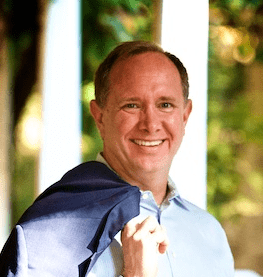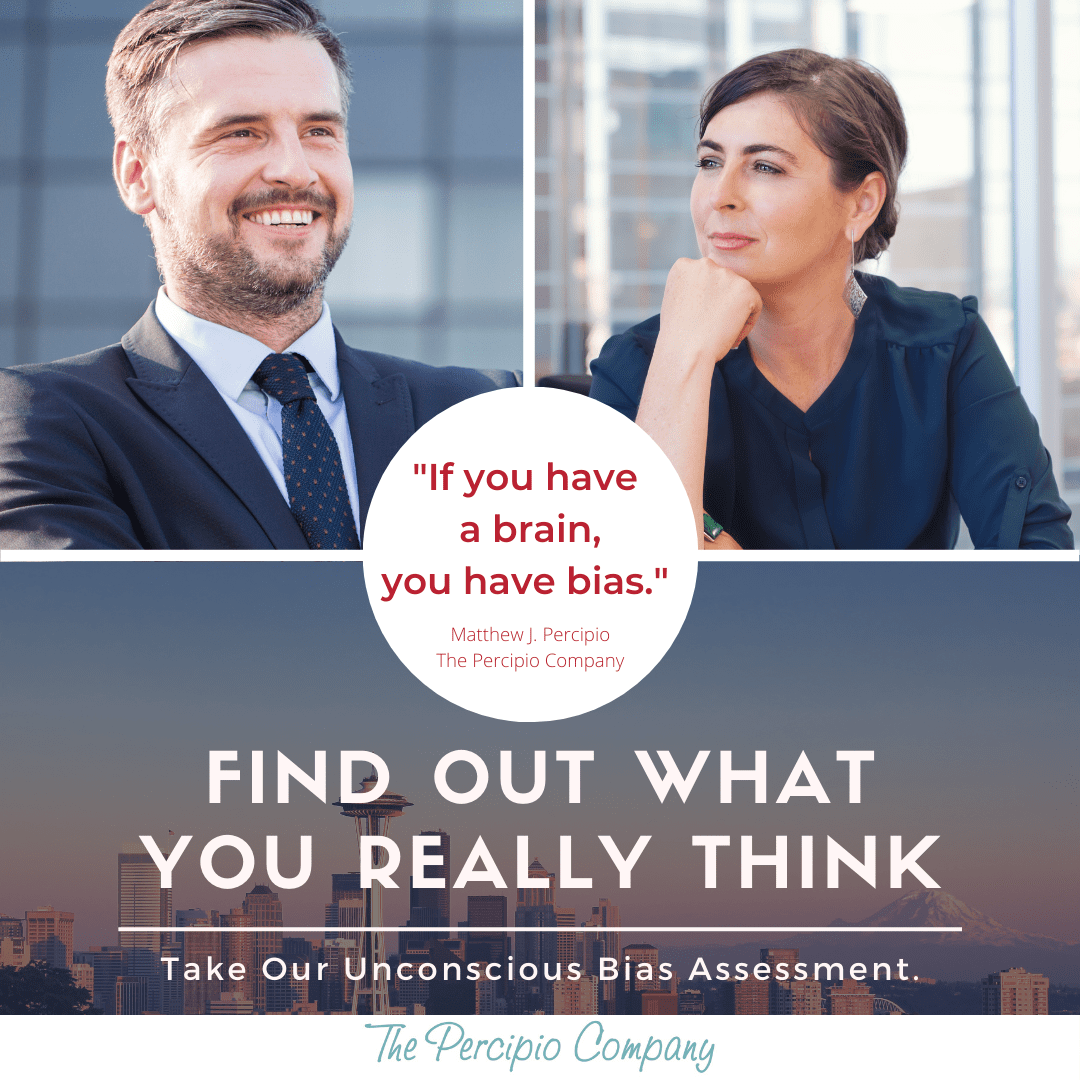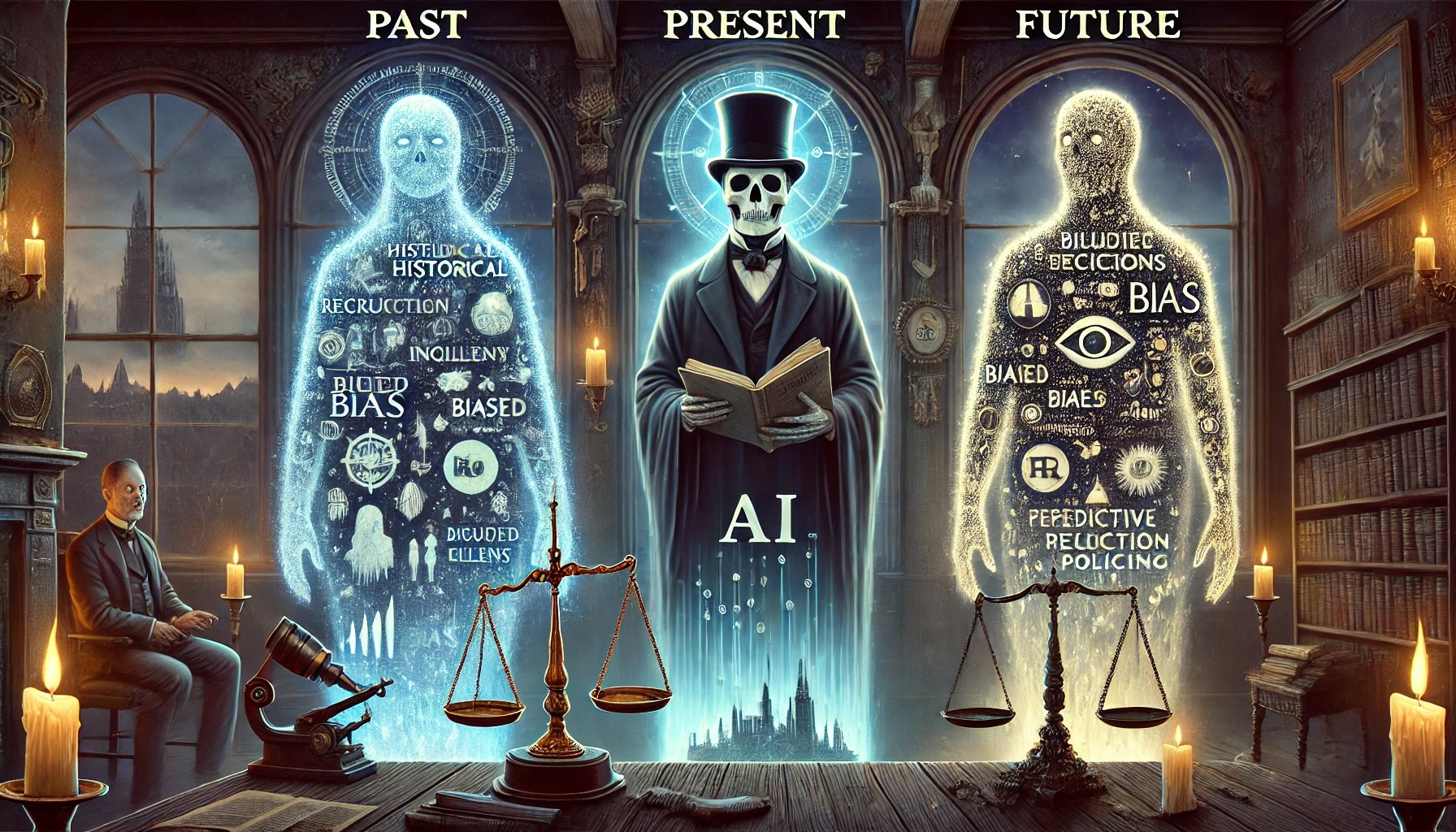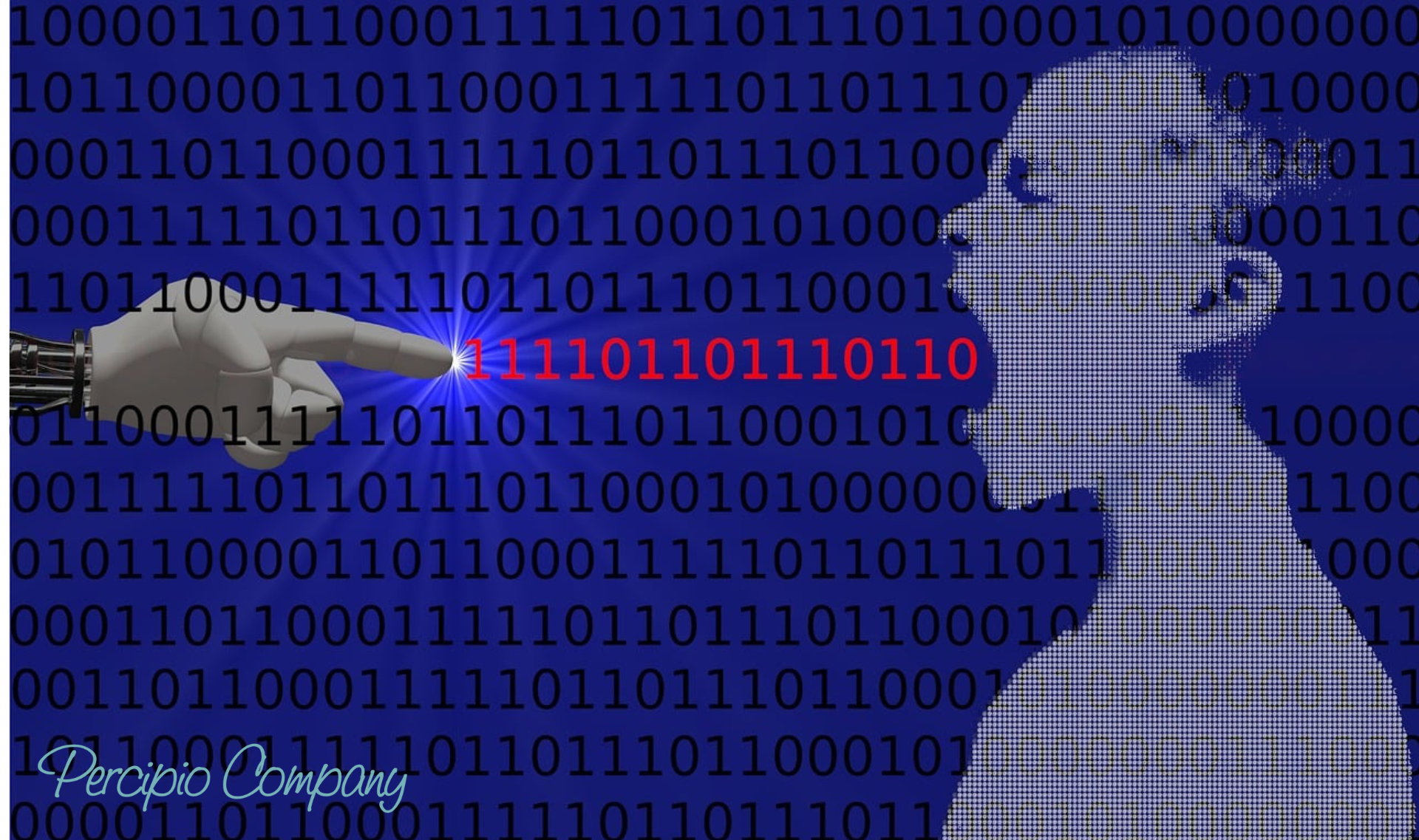I am a white, heterosexual, cisgender, middle-aged man born in the United States. I want you to know how I identify and the perspective I’m coming from because context matters and these dimensions of diversity are sometimes taken for granted. I remember bristling when first acknowledging my whiteness. I remember not understanding what cisgender means and then thinking “why are people stating the obvious?” I include reflections such as these in this article and refer to them as “White Insights.” This article is primarily for those who are open to exploring how whiteness works in the United States and for those who might be looking at the idea of whiteness in the workplace for the first time.
As I grapple to learn, unlearn and develop my own analysis and actions, I’ve found that these three terms–White Space, White Noise, and White Supremacy–help me to look at workplaces and office spaces through a different lens and allow me to see white privilege which was previously invisible to me. This is a lens I’ve had to learn and am still learning because my whiteness allows me to label things as “typical” or “professional” when what I was and am actually seeing is whiteness. And while identity is intersectional, I am putting a particular focus today on whiteness.
As you read this, I encourage you to think about anything within your work environment that you might consider “typical”, “normal”, or “professional” and to question whether these norms are a manifestation of White Supremacy, White Noise or White Space.
White Supremacy
Here we are with the word most white people want to distance themselves from. Too often, White Supremacy is solely associated with the alt-right, the KKK or neo-Nazis. These are obvious examples, but White Supremacy culture is far more insidious. White Supremacy is the belief that white people are superior to those of all other races and therefore should dominate. As a white person, I would love to say that White Supremacy only exists in other white people or somewhere in our history. However the belief that white people are better and are the de facto authority is deeply embedded into all of our structures. It is born out through zip codes, stores, cities, suburbs, and farms and the policies and laws that govern them. White people may not be able to identify this underlying belief, but it is still there. Causing confusion. Causing pain. Causing dissonance. Shaping perceptions. Tilting laws, policies, job interviews, mortgage applications, traffic tickets, hospital diagnoses, and most interactions with any institution in favor of white people.
White Insight: There are over 200+ Unconscious biases and the list grows each day. To be aware of their existence as it impacts our whiteness is merely the first step. Actions are the only way to mitigate negative impacts.
This is a jagged pill to swallow for those of us who believe that we are good white people. It’s painful to make the connections between the white present and the white past and to realize that we are complicit in unconscious and conscious ways.
White Noise
White Noise is embedded in our communication, and it is the language, music, literature, movies, media, and even architecture that we create and consume as a society. White people usually cannot hear White Noise since we are the source of it, but to those who are not white, the noise is deafening. It is time for us to wake up to the sound of our own White Noise. Think about when you hear a recording of your voice and how it sounds strange. We might even think…really? Is that how we sound? Trust that the answer is Yes. Yes, that IS how we sound and have sounded for generations. There are high decibels of White Noise in commercials, office meetings, social media, headlines and everywhere we turn.
White Insight: This may seem surreal. This may not be the story you hold of how the world operates and what you believe is true for people.
Let’s take an example from the workplace. A typical office norm is that the workplace is a neutral zone, where issues of politics, race, gender, age, sexual identity or religion are not discussed, either in official company functions or informal moments. Instead, the focus is on work completed, goals achieved or profit reached. Issues of race, gender, sexual identity might be discussed in a special training or in a training required for compliance, but not necessarily as part of the daily fabric of how the office functions. This norm of neutrality is a function of White Noise and of silencing others’ voices.
In fact, one of the definitions of white noise is “a constant background noise, especially one that drowns out other sounds”. While that may be useful for getting a good night’s sleep, it is the opposite of what we want and need in our communities and in our workplaces.
White Noise is amplified through a wide range of media channels, local, state, and national politics, and through ourselves. When images and messages are delivered through these channels, it reinforces the idea that white is normal, worthy of privilege, and more powerful. US history has countless examples of how repeated White Noise transforms into institutionalized racism, unnecessary murder, mass incarceration, redlining, Jim Crow laws and the dehumanizing, oppressive experience of microaggressions in the daily lives of Black Indigenous People of Color (BIPOC).
White Space
What do I mean by White Space? Within a work environment, White Space refers to the space of the office–both the literal configurations of space and the norms of what happens in that space and how it happens. Most corporations and businesses of all sizes are owned directly or indirectly by white, English-speaking people. This makes them, by default, White Space. And what happens within these office spaces, the norms of behavior, have been defined by white people. These office spaces are the places where most of us work.
White Insight: This idea may cause some cognitive dissonance. Asserting that all of office space is White Space might create a reaction in you.
Workplace culture is often governed by formal or informal norms established by business founders or leaders that persist over time. This is also usually White Space or more precisely, white male space. It’s important to note that space does not have to be white. There is Black space, female space, gay space, Latin space, or global space for instance. Space is contextual. And context determines space. While the workplace is mostly defined by White Space, other places are not. However, it is easy for white people in the US to move exclusively through White Space each and every day, never experiencing anything else and never imagining that any other kind of space exists. White Space is a part of US history and slave labor. When founding this country and through the second half of the 19th century, the US workplace depended on slavery. Enslaved labor fueled the early economy.
White Insight: Any reference to or mention of slavery will make most white people feel some measure of discomfort. These feelings can lead to defensive reactions like “What does that have to do with my office space now?” or “That was so long ago” or “My family didn’t own slaves.” Notice if your mind is having any of these or other defensive reactions.
Once slavery was officially abolished, white institutions found new more pernicious ways to perpetuate the colonizer mentality and to oppress BIPOC through Jim Crow, redlining, restricted universities and social clubs and other laws and norms that excluded opportunities available to BIPOC and excluded opportunities for BIPOC families to accumulate and pass on wealth. The legacy of white people, and usually white males, as the decision-makers of who is allowed in a space and what is permitted in that space manifests in our present office spaces and office culture.
Rethinking the White Narrative
For me, differentiating between White Supremacy, White Noise and White Space has been helpful to expose biases there were previously unconscious. I grew up in Garden City, Michigan in the 70’s and 80’s. There was a distinct racial dividing line called Cherry Hill Road. It separated the nearly all-black city, Inkster, with the nearly all-white Garden City. For most of my life, I never questioned why. It was an accepted part of my suburban world. I did not know that in the 1920s and 1930s Black factory workers for Ford Motor Company moved to Inkster because they were restricted from living in the town where the automotive factory was located. On a 1940 real estate map, Inkster was redlined as “hazardous” and designated that “there is little future for an area of this kind”. This designation meant that Black people could not get federally-backed mortgages. The fact that I was oblivious to this historical context for most of my life is an obvious example of my whiteness. As part of my white privilege,I did not think about the consequences of the daily othering of Black people that I experienced, that I participated in and that I benefited from. There are other intersections of White Noise, White Space, White Supremacy embedded into this one example from my life. It is relatively safe to assume that any interaction where I am includes elements of White Noise, White Space and White Supremacy, so now I actively look for how they are manifesting, what piece of it I am contributing to, and how to make changes.
To counter these unconscious racial biases is to learn, unlearn and relearn. To accept that what I have previously believed to be normal, true or typical is just one narrative. A white dominant narrative. To learn is to start by listening to Black narratives and non-white perspectives. To read contemporary and historical Black scholars. Information is easily accessible. How are we de-colonizing the media we consume? This might seem like an easy step yet even the easiest step will still challenge us as new narratives counter years of formal and informal education that sanitizes much of white destruction on Black lives, on Indigenous lives and on Immigrant lives. The unlearn actions begin when friends or colleagues present us with a situation where our impact differs from our intent. The knee-jerk reaction is to get defensive. We must fight that impulse to explain and to self-reflect instead. We may be surprised at what we unlearn and at how much we need to unlearn. This implicitly leads to relearn. We can relearn new actions, new behaviors, new empathic lenses to view the world through. Envision new ways we can work together. Tear down conscious and unconscious barriers so we can rebuild together.
Resources: While there are many excellent lists of anti-racist resources available, these listed below speak directly to this article.
- Trevor Noah/The Daily Show: Black Americans in the Workplace (video)
- Elements of White Supremacy Culture (article which defines how white supremacy culture shows up in the workplace and recommends antidotes. An excellent starting place for looking at which elements are valued and normalized within your workplace/within you while at work).
- Bryan Stevenson on What All Well-meaning White People Need to Know About Race. An interview with Harvard University-trained public defense lawyer Bryan Stevenson on racial trauma, segregation, and listening to marginalized voices.
- 13 (movie currently free on youtube, unclear how long it will continue, or with a Netflix subscription)
- The New Jim Crow by Michelle Alexander (book)
- Me and White Supremacy by Layla Saad (book)
The links for the book recommendations are to a list black-owned bookstores to order from.
Learn more about our programs:

Percipio Company is led by Matthew Cahill. His deep expertise in cognitive, social, and workplace biases is rooted in the belief that if you have a brain, you have bias®. He works with executives to reduce mental mistakes, strengthen workplace relationships & disrupt existing bias within current HR processes, meeting protocols and corporate policies. Matthew has demonstrated success with large clients like LinkedIn, Salesforce and dozens of small to mid-size companies looking to create more inclusive workplaces, work smarter, generate more revenue and move from bias to belonging®.








